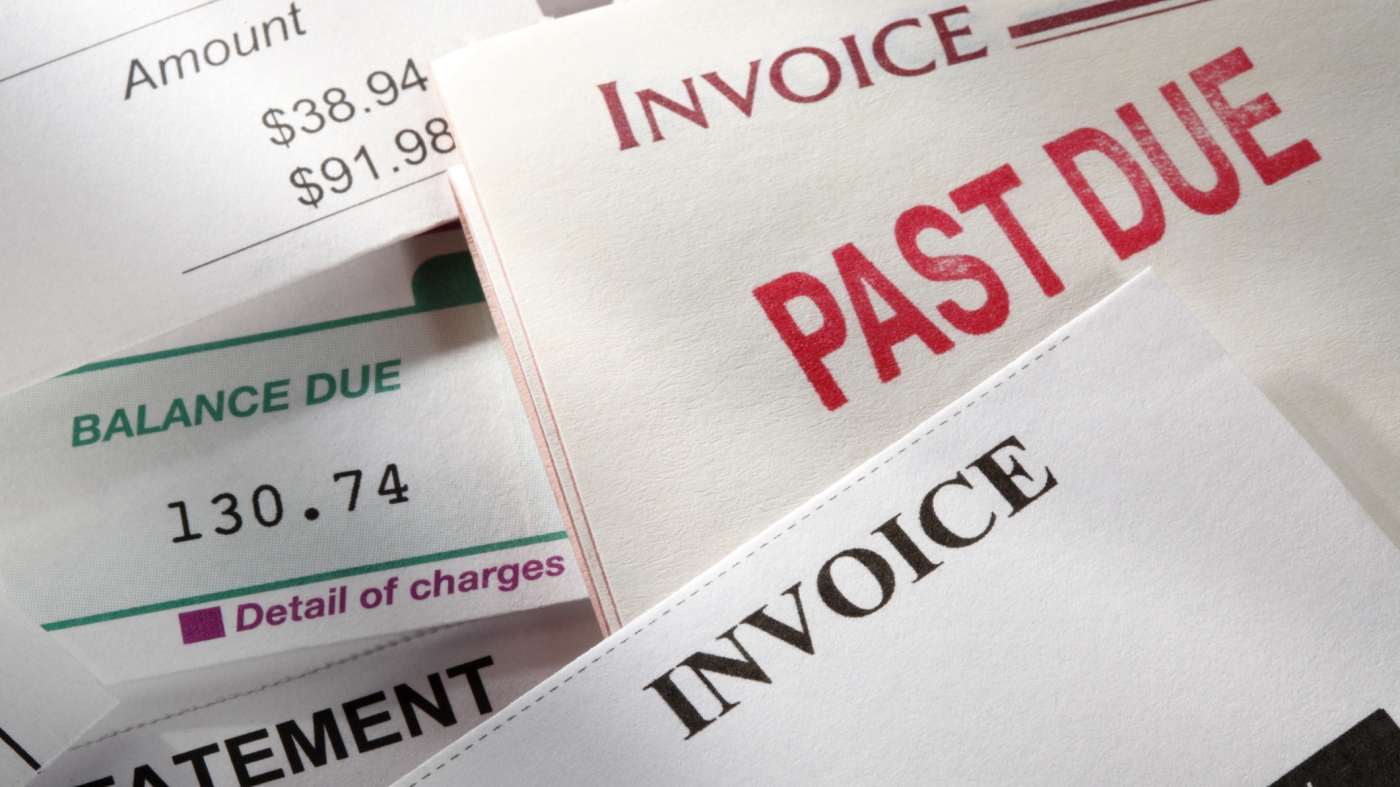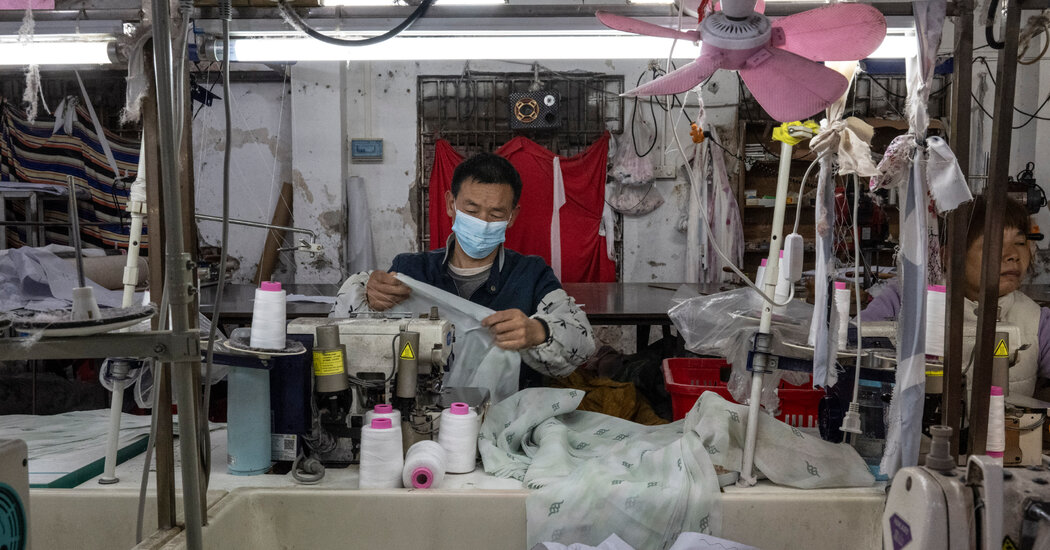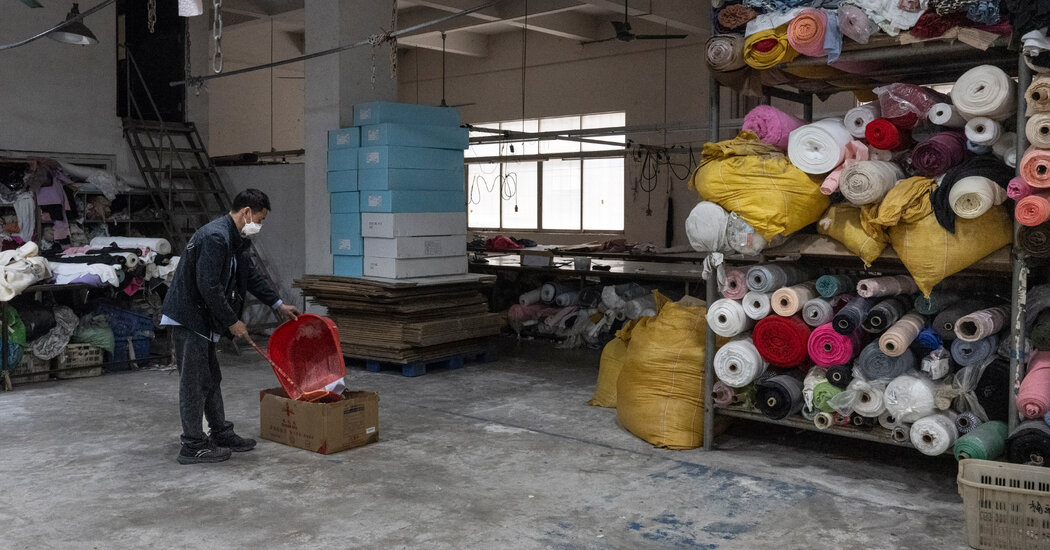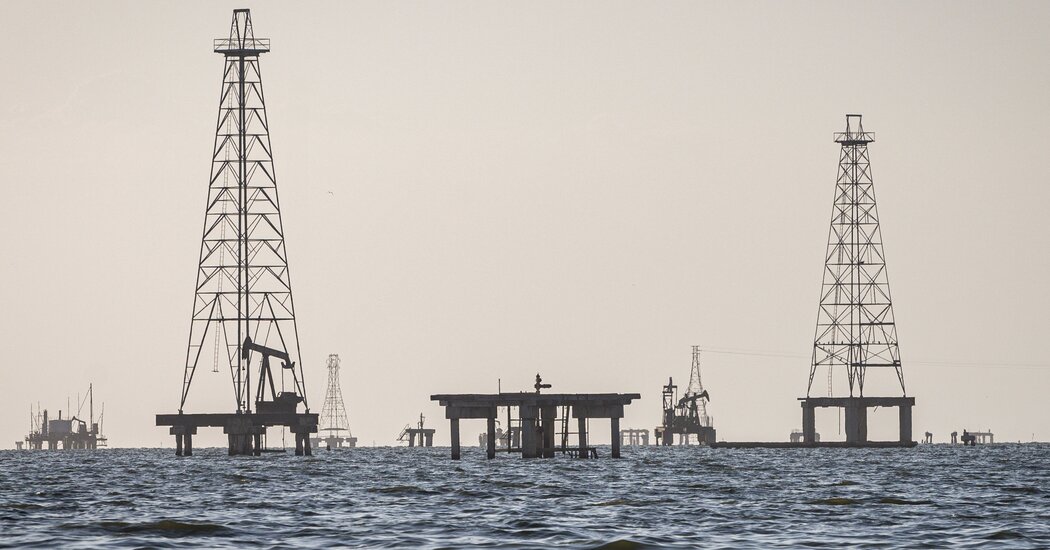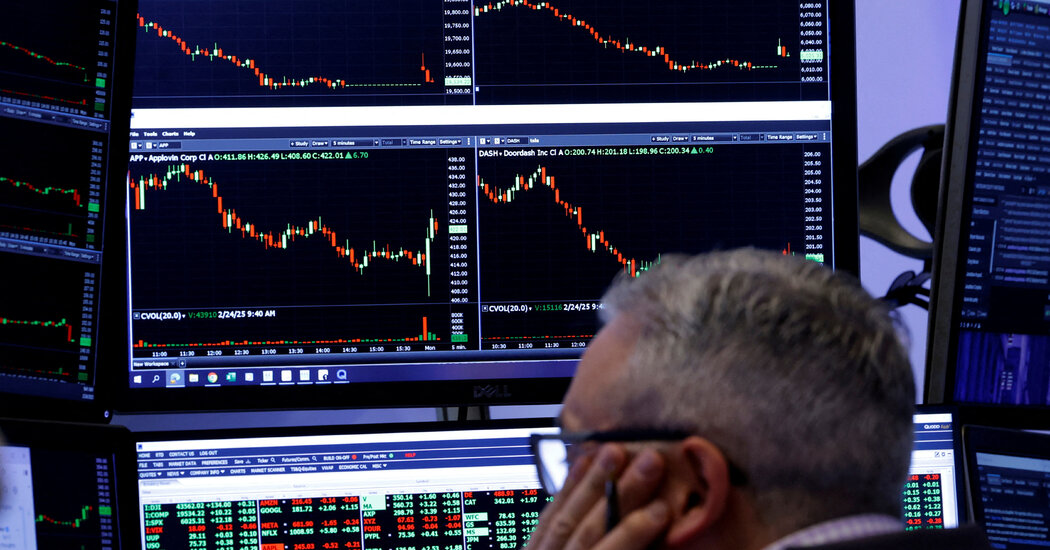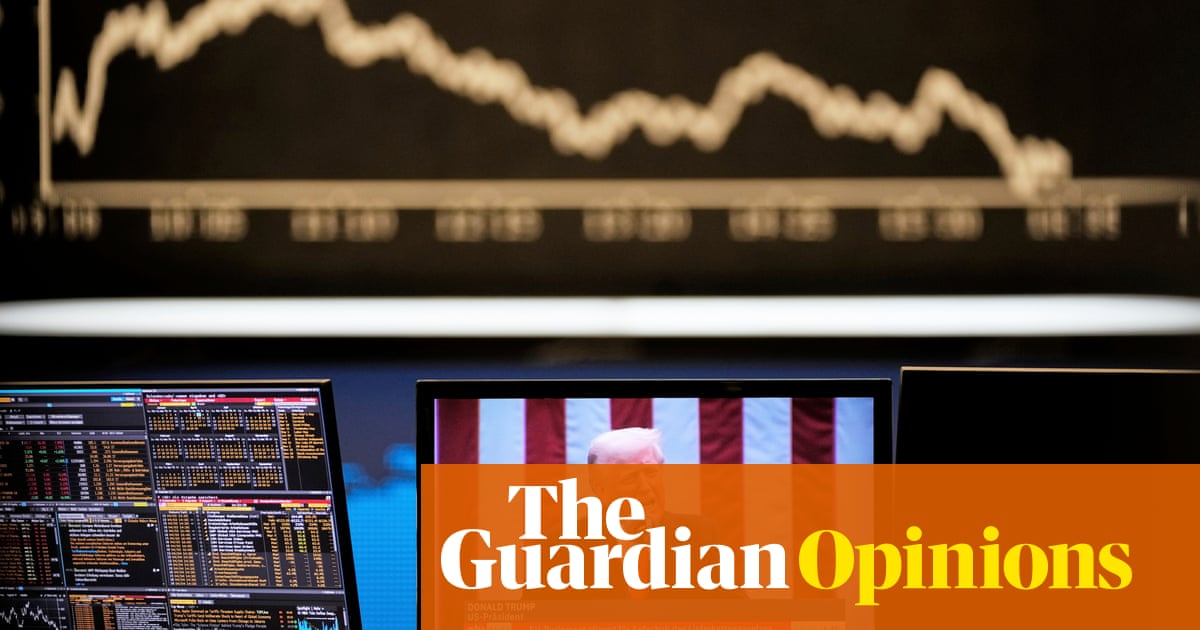
What will Trump do when his tariffs backfire?
So much for the idea that “liberation day” would free financial markets from their fear of the unknown. Publication of precise tariff rates, went a cheerful line of advance thinking, would at least allow investors to assess the probable trade effects on the basis of hard information. True optimists clung to the idea that Donald Trump would not wish to risk a truly severe market reaction.
That narrative was blown apart when the president reached for his pub-style display of wares. This really was a case of going back to the tariffs rates of the 1920s or 1930s. Not even the penguins of Heard Island and the McDonald Islands were spared.
The S&P 500 index fell 4% in early trading and is down more than 10% from its high six weeks ago. The dollar fell sharply even though traditional logic says tariffs ought to be currency-positive if $600bn (£457.5bn) of extra revenue is on cards. On this occasion, the market simply adjusted to the higher likelihood of a US recession from higher prices and slower growth.
Instead of clarity, there are just more questions. The first is a common one with Trump announcements: how much is designed to be permanent and how much is theatre to provoke a negotiation?
On that score, analysts noted the simplistic – or plain perverse – formula behind the administration’s tariff arithmetic. It seems to have taken a country’s trade deficit in goods with US, divided it by its exports to the US and called the resulting number a trade barrier that deserves a “reciprocal” US tariff. The underlying logic, it would appear, is that every country should always have a perfect trade balance with the US – never mind the impossibility of achieving that outcome, and never mind that the tariffs don’t affect trade in services.
“We worry this risks lowering the policy credibility of the administration on a forward-looking basis,” said George Saravelos of Deutsche Bank. “The market may question the extent to which a sufficiently structured planning process for major economic decisions is taking place. After all, this is the biggest trade policy shift from the US in a century.”
At a push, one could argue that such an unserious methodology is intended to encourage negotiations. The US treasury secretary, Scott Bessent, tried to hint along those lines: “As long as you don’t retaliate, this is the high end of the number.”
Yet the opposite conclusion is also valid: it is hard to negotiate with a US partner that, seemingly, isn’t interested in nuances, won’t distinguish between tariff and non-tariff barriers to trade and is simply obsessed with a country’s overall trade balance in goods.
That leads to the second question of retaliation, especially from the EU and China. The latter took a February tariff skirmish on the chin but surely can’t afford to ignore a 34% reciprocal tariff that takes its total to 54%.
Option A for China is probably a currency devaluation to restore competitiveness (but risking even higher tariffs from the US). Option B would be retaliatory tariffs. Option C would be the longer haul of trying to stir domestic demand. A combination of all three might be the outcome, but all promise further disruption.
For the EU, all eyes are on how hard it goes with counter-tariffs to a blanket 20%. The bluntness of Trump’s move almost guarantees a response if only to demonstrate strength before an eventual negotiation. A quick resolution is not the way to bet.
The third question is the biggest: what will Trump do when, as virtually every economist predicts, the tariffs backfire? Snap estimates among economists suggested they would take as much as 2 percentage points off US growth this year and add 3 percentage points to inflation. How much pain is Trump prepared to take in pursuit of his signature policy?
The view from bond specialist Pimco is that we should be wary. “He is certainly not entirely impervious to a market decline, nor is he unaffected by public sentiment, significant congressional pushback or concerns about a recession,” says Libby Cantrill, its head of US public policy.
“So, there is likely a limit to how much pain he and his administration are willing to endure in order to rebalance the economy, but when that is or what that looks like remains to be seen. For now, we should assume that his pain tolerance is pretty high and that tariffs stick around for a while.”
That seems a reasonable assumption. Within the internal logic of his trade policy, Trump needs to serve up a tax cut for US workers to parade the “winnings” from his approach; only then could he dial down the tariffs. We are a very long way from that point – if it ever arrives. The political test will come if recession arrives first.





